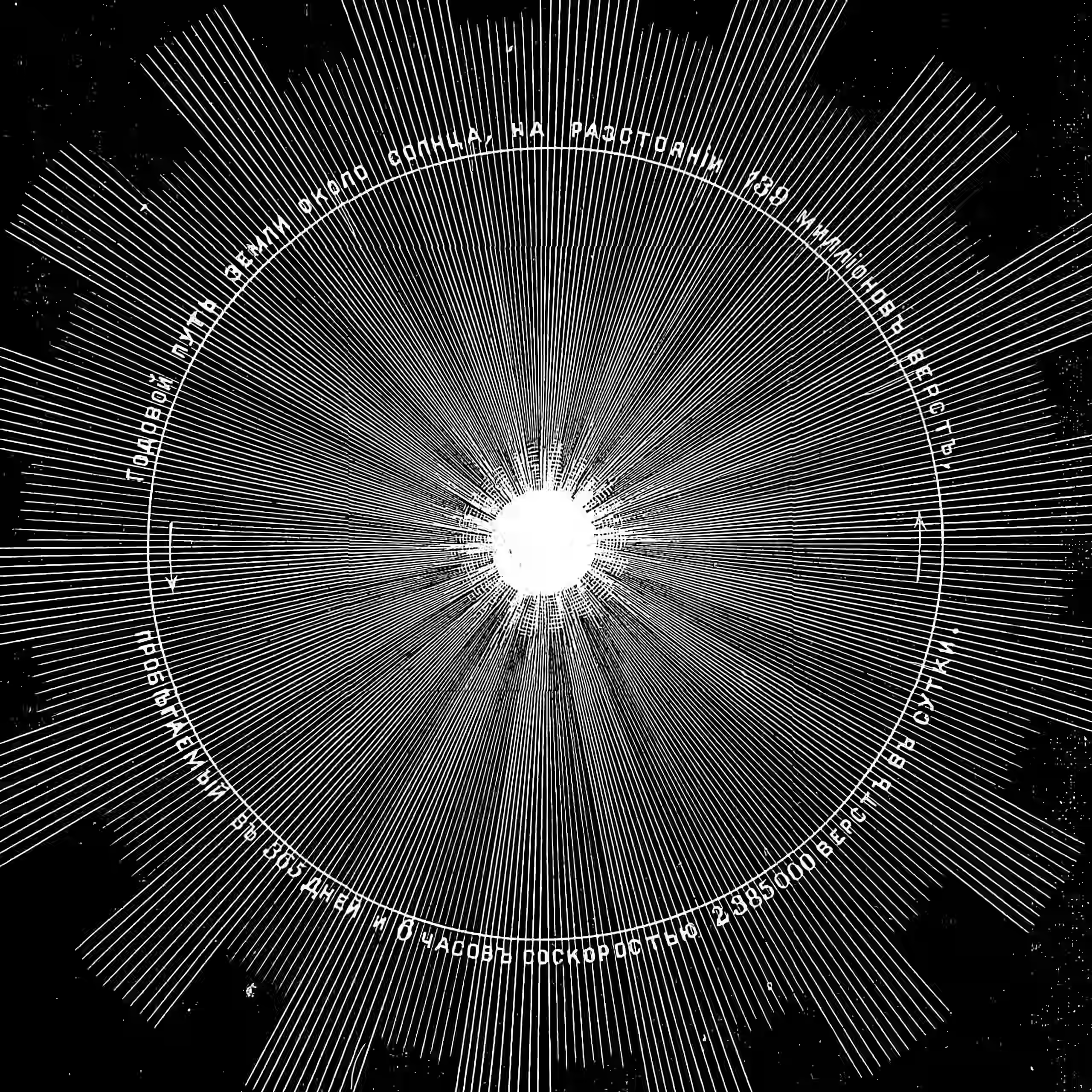Neural nets that do symbolic maths
December 8, 2019 — June 14, 2023
compsci
language
machine learning
meta learning
networks
neural nets
NLP
stringology
Suspiciously similar content
Somewhere between computational symbolic mathematics and automated proof assistants and the modern large language models are models that can solve mathematical problems more effectively than my feeble brain.
Watch this space.
1 Incoming
- We may finally crack Maths. But should we?
- Improving Mathematical Reasoning with Process Supervision
- FranxYao/chain-of-thought-hub: Benchmarking large language models’ complex reasoning ability with chain-of-thought prompting/ Towards Complex Reasoning: the Polaris of Large Language Models (Fu et al. 2023)
2 References
Akyürek, Damani, Qiu, et al. 2024. “The Surprising Effectiveness of Test-Time Training for Abstract Reasoning.”
Bansal, Hosseini, Agarwal, et al. 2024. “Smaller, Weaker, Yet Better: Training LLM Reasoners via Compute-Optimal Sampling.”
Bubeck, Chandrasekaran, Eldan, et al. 2023. “Sparks of Artificial General Intelligence: Early Experiments with GPT-4.”
Clark, Tafjord, and Richardson. 2020. “Transformers as Soft Reasoners over Language.” In IJCAI 2020.
Fu, Ou, Chen, et al. 2023. “Chain-of-Thought Hub: A Continuous Effort to Measure Large Language Models’ Reasoning Performance.”
Garcez, and Lamb. 2020. “Neurosymbolic AI: The 3rd Wave.”
Lample, and Charton. 2019. “Deep Learning for Symbolic Mathematics.” arXiv:1912.01412 [Cs].
Mahowald, Ivanova, Blank, et al. 2024. “Dissociating language and thought in large language models.” Trends in Cognitive Sciences.
Mirzadeh, Alizadeh, Shahrokhi, et al. 2024. “GSM-Symbolic: Understanding the Limitations of Mathematical Reasoning in Large Language Models.”
Radford, Wu, Child, et al. 2019. “Language Models Are Unsupervised Multitask Learners.”
Zhang, Backurs, Bubeck, et al. 2022. “Unveiling Transformers with LEGO: A Synthetic Reasoning Task.”
